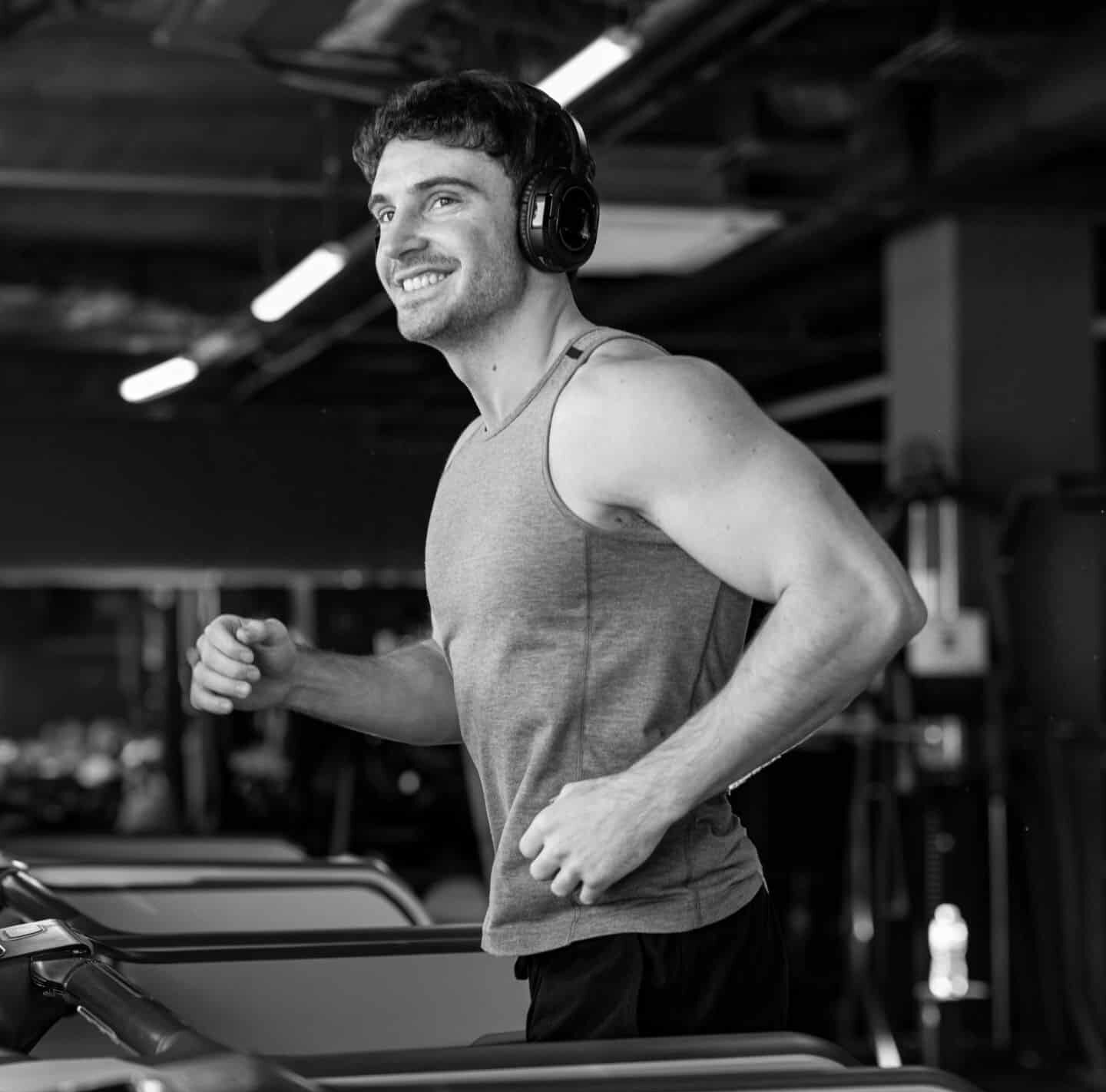
VO₂ max, or maximal oxygen consumption, is a well-established marker of cardiovascular
fitness and aerobic capacity. In men, improving VO₂ max is strongly correlated with increased
longevity, lower all-cause mortality, and better functional health in later life. Recent
peer-reviewed studies have provided robust evidence supporting VO₂ max as not only a
predictive metric for healthspan but also a modifiable factor that directly influences lifespan.
Understanding VO₂ Max and Its Clinical Relevance
VO₂ max measures the maximum rate at which the body can use oxygen during exercise. It
reflects the efficiency of the heart, lungs, and muscles to supply and utilize oxygen. VO₂ max
declines naturally with age, but the rate of decline is highly variable and influenced by physical
activity, body composition, and metabolic health. For men, particularly those over 40, preserving
or improving VO₂ max can translate into significant health benefits.
Key Findings from Recent Studies
1. Aerobic Fitness and Mortality Risk
A landmark 2018 study published in JAMA Network Open (Kodama et al.) found that
each 1-MET increase in cardiorespiratory fitness (approximately equal to a 3.5
mL/kg/min increase in VO₂ max) was associated with a 13% decrease in all-cause
mortality. Notably, there was no upper threshold at which the benefit plateaued,
indicating that higher fitness levels continue to confer mortality reduction.
2. High VO₂ Max and Lifespan Extension
Research from the Cooper Institute (Laukkanen et al., 2020) followed over 13,000
middle-aged men and found that those in the highest quintile of VO₂ max had a 50%
lower risk of premature death compared to those in the lowest quintile. The study
adjusted for smoking, BMI, cholesterol, and blood pressure, reinforcing the
independent role of aerobic capacity.
3. VO₂ Max as a Longevity Biomarker
A 2022 meta-analysis in Circulation examined over 40 studies and concluded that VO₂
max is among the strongest predictors of long-term survival in men. Improvements of
just 10% in VO₂ max translated into a 15–20% reduction in mortality risk, regardless of
age at baseline.
How Men Can Improve VO₂ Max
- Zone 2 Training: Submaximal endurance training (60–70% of max heart rate)
improves mitochondrial density and efficiency, laying the foundation for higher VO₂
max. - High-Intensity Interval Training (HIIT): Short, repeated bouts at 85–95% max HR
significantly improve VO₂ max over 8–12 weeks. - Strength-to-Weight Optimization: Lean muscle mass improves exercise economy,
while reducing excess adiposity reduces metabolic drag on oxygen delivery. - Consistency Over Time: Sustained aerobic training maintains gains and slows
age-related VO₂ max decline.
Clinical Application at Men’s Clinic for Wellness and Vitality
At our clinic, VO₂ max is not just a performance metric, it’s a biomarker of longevity. We offer VO₂ max testing through our OptiFit metabolic protocol, using this data to inform individualized fitness plans, mitochondrial support, and targeted interventions for cardiovascular health.
Improving VO₂ max is one of the most powerful, evidence-backed interventions for
extending both lifespan and healthspan in men. Unlike many biomarkers, VO₂ max is modifiable
through disciplined, structured training and proper recovery. For men who are serious about
aging well, increasing VO₂ max should be a central focus of any longevity program.
Back to All Blogs
